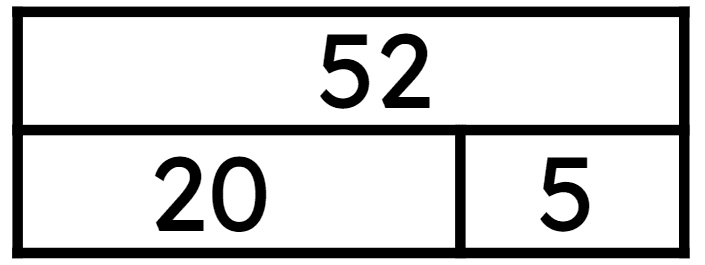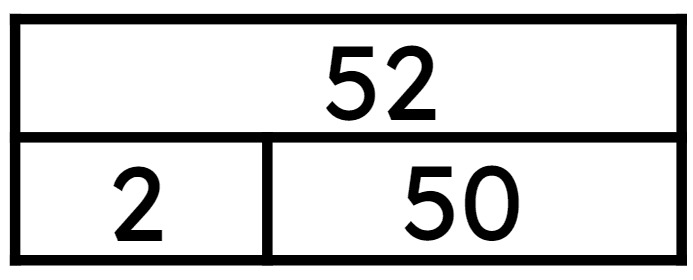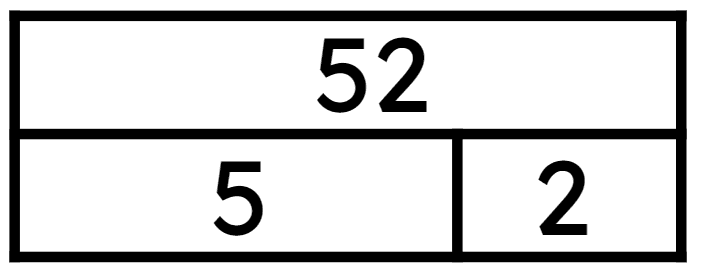Myths about teaching can hold you back
- Year 2
Partition two-digit numbers into tens and ones
I can represent and interpret the structure of two-digit numbers on part-part-whole and bar models.
- Year 2
Partition two-digit numbers into tens and ones
I can represent and interpret the structure of two-digit numbers on part-part-whole and bar models.
These resources were made for remote use during the pandemic, not classroom teaching.
Switch to our new teaching resources now - designed by teachers and leading subject experts, and tested in classrooms.
Lesson details
Key learning points
- Two-digit numbers can be partitioned into tens and ones.
- The order of the digits indicates their value.
Keywords
Partition - To split a whole up into parts.
Combine - To put parts together to make a whole.
Part - A piece or section of a whole.
Whole - All of something; complete.
Common misconception
Children may reverse the digits in a two-digit number, not understanding the value of each digit, or partition, for example, 54 into 5 and 4
Return to the use of practical equipment and ask children to prove they are right using it. They could also explain their ideas to a friend to encourage them to spot their own errors.
To help you plan your year 2 maths lesson on: Partition two-digit numbers into tens and ones, download all teaching resources for free and adapt to suit your pupils' needs...
To help you plan your year 2 maths lesson on: Partition two-digit numbers into tens and ones, download all teaching resources for free and adapt to suit your pupils' needs.
The starter quiz will activate and check your pupils' prior knowledge, with versions available both with and without answers in PDF format.
We use learning cycles to break down learning into key concepts or ideas linked to the learning outcome. Each learning cycle features explanations with checks for understanding and practice tasks with feedback. All of this is found in our slide decks, ready for you to download and edit. The practice tasks are also available as printable worksheets and some lessons have additional materials with extra material you might need for teaching the lesson.
The assessment exit quiz will test your pupils' understanding of the key learning points.
Our video is a tool for planning, showing how other teachers might teach the lesson, offering helpful tips, modelled explanations and inspiration for your own delivery in the classroom. Plus, you can set it as homework or revision for pupils and keep their learning on track by sharing an online pupil version of this lesson.
Explore more key stage 1 maths lessons from the Comparing, ordering and partitioning 2-digit numbers unit, dive into the full primary maths curriculum, or learn more about lesson planning.

Licence
Prior knowledge starter quiz
6 Questions
Q1.Which of the following bar models represents 62?
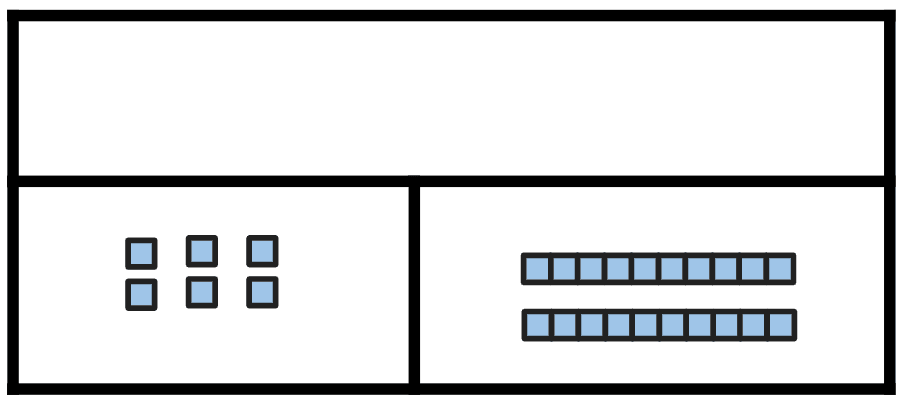
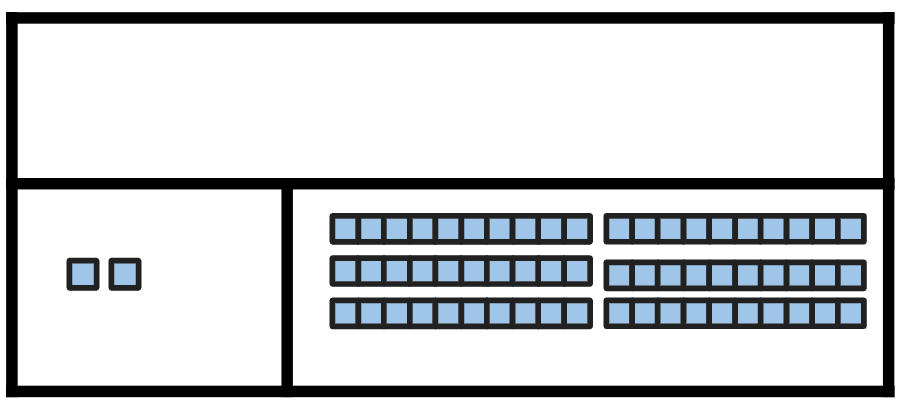
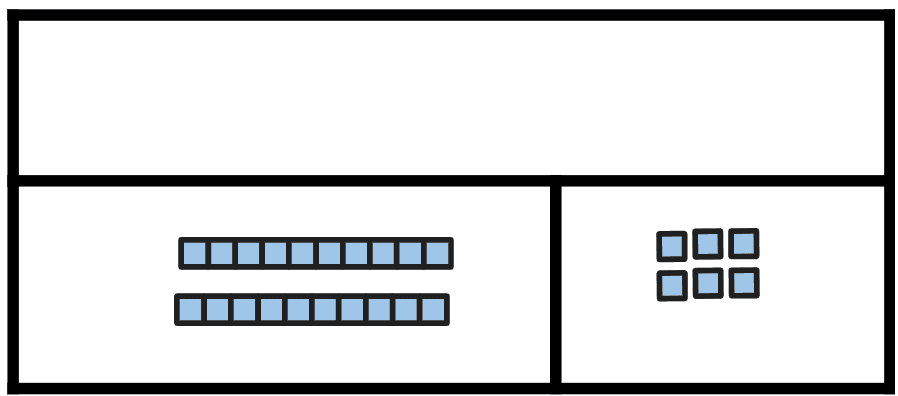
Q2.If we combine the parts, what will the whole amount be?
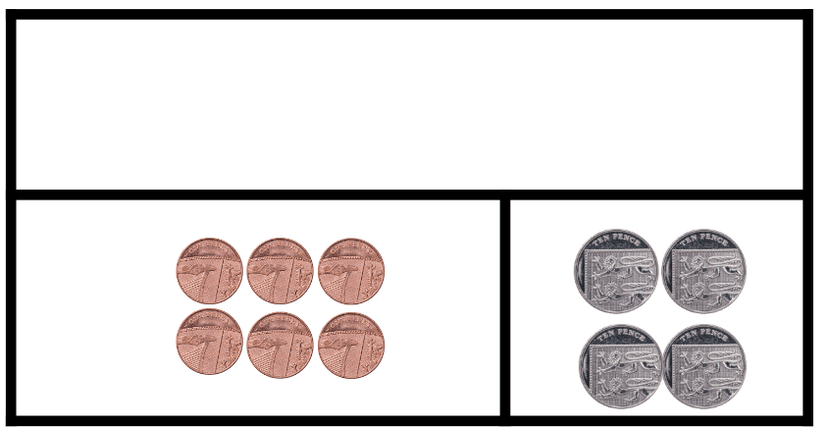
Q3.What is the missing part in the part-part-whole model?
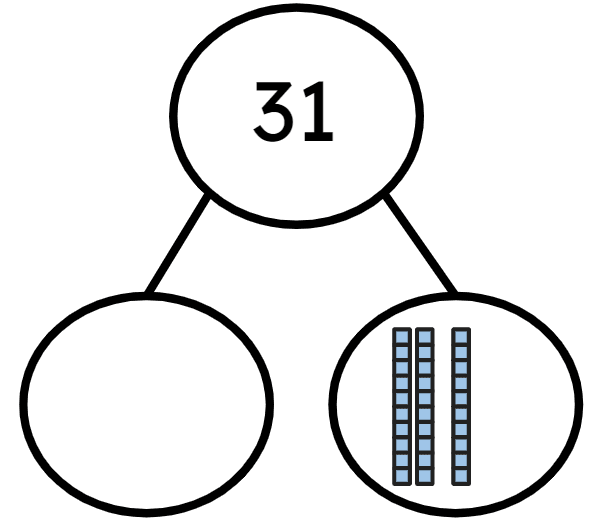
Q4.What is the missing part in the bar model?
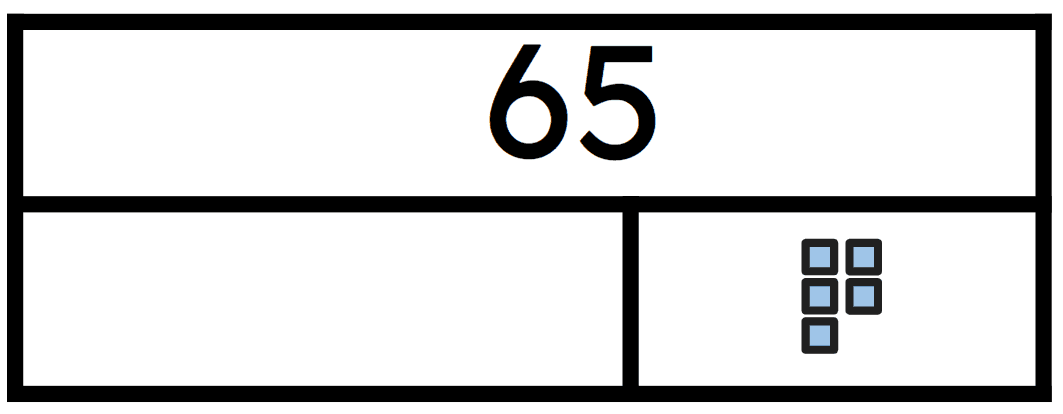
Q5.Each number has been partitioned into tens and ones. Which number has been partitioned correctly?
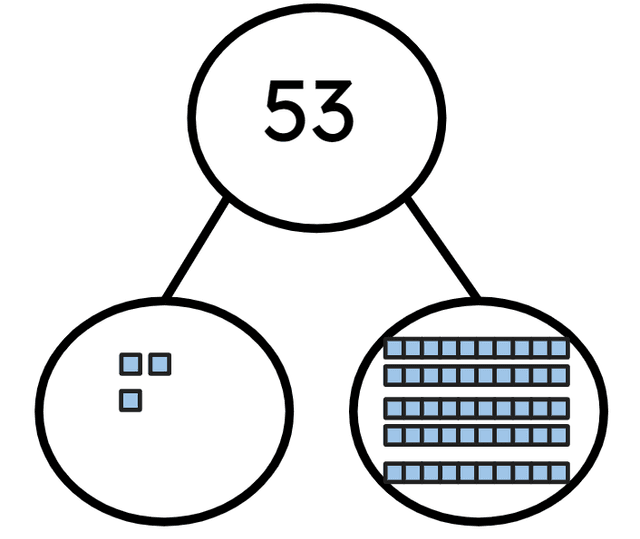
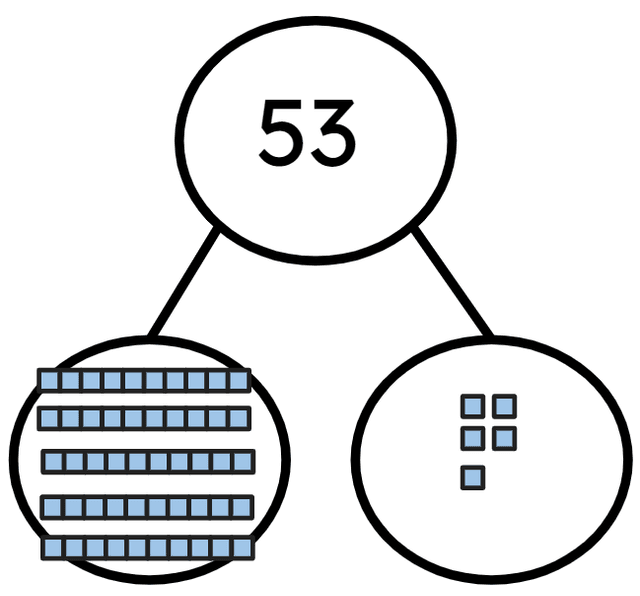
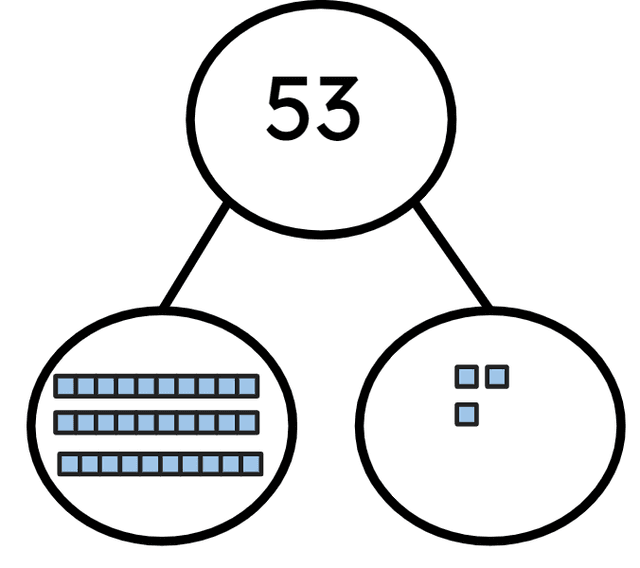
Q6.Lucas has some 10 p and some 1 p coins in his pocket. Altogether, he has 47 p in his pocket. How many of each coin does he have?
Assessment exit quiz
6 Questions
Q1.If we combine the parts, what will the whole amount be?
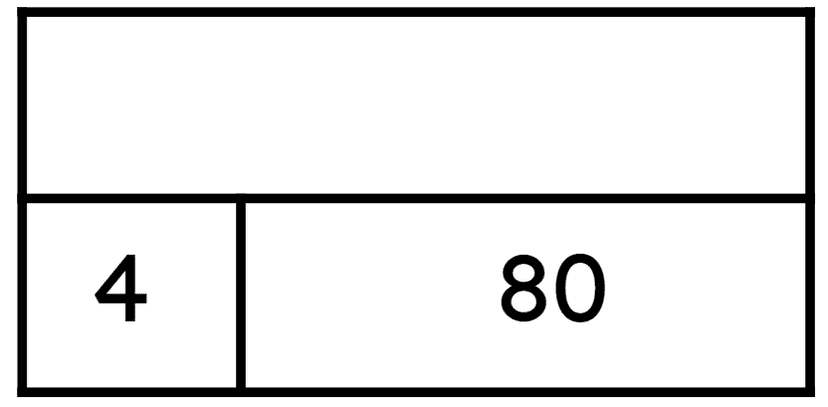
Q2.Which of the following part-part-whole models represents 56?
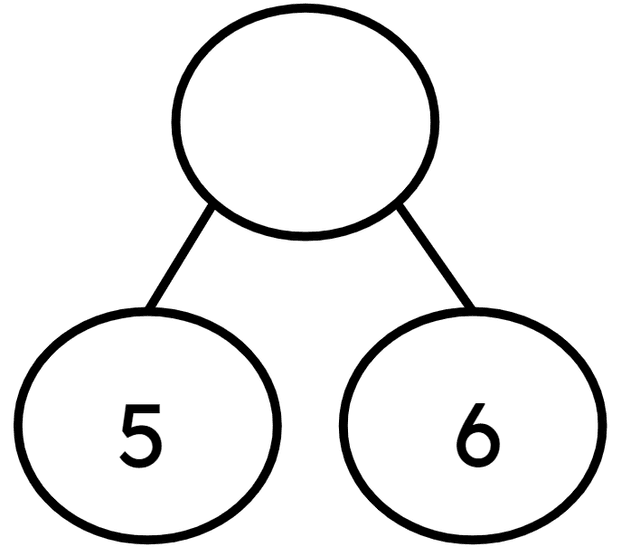
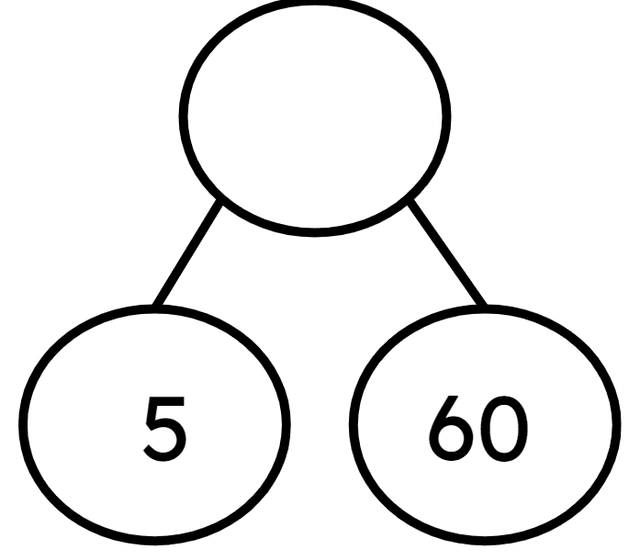
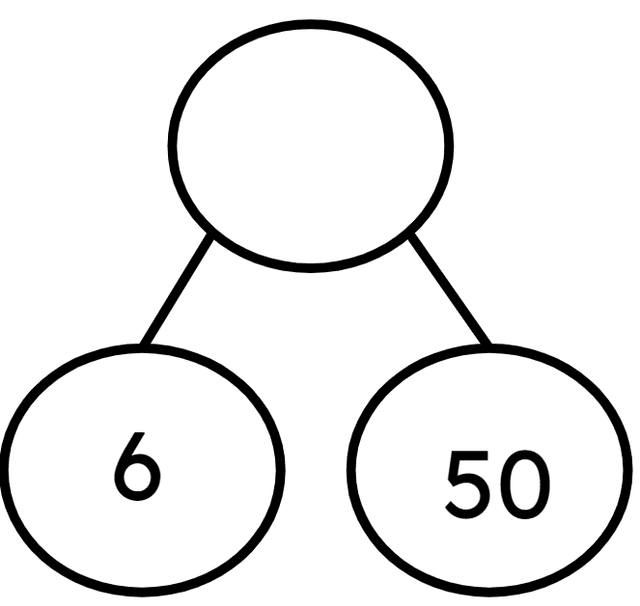
Q3.What is the missing part in the bar model?
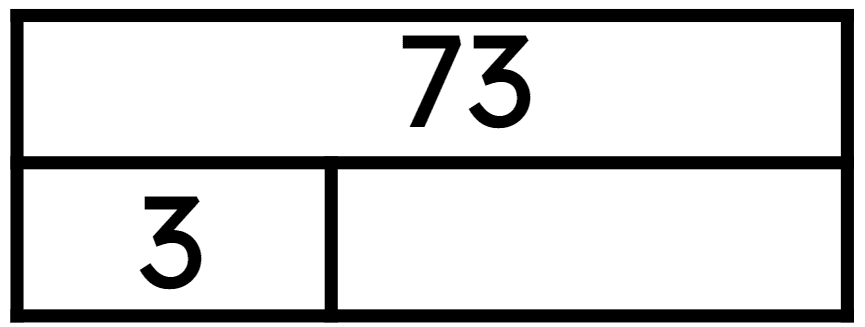
Q4.35 has been partitioned into tens and ones. What is the missing number? 35 can be partitioned into ___ and 5
Q5.What is the missing part in the part-part-whole model?
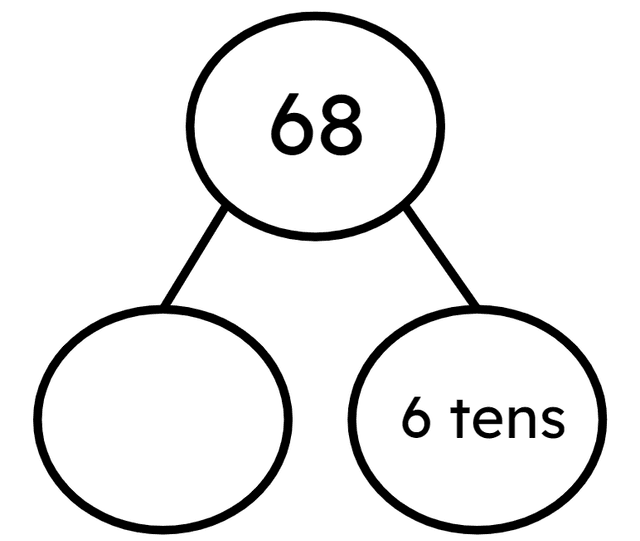
Q6.Which bar model shows 52 partitioned correctly?
